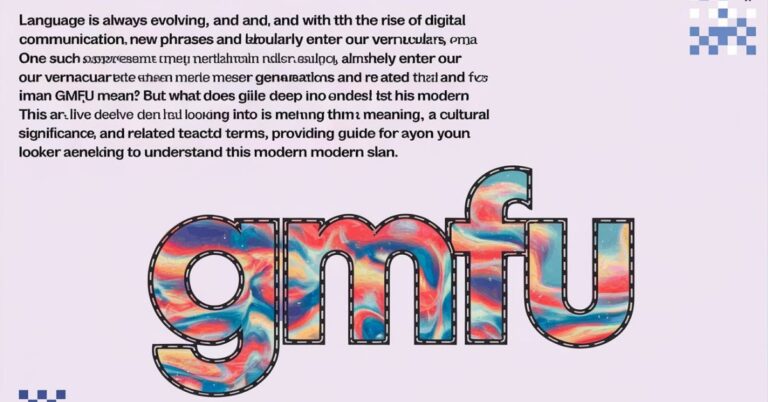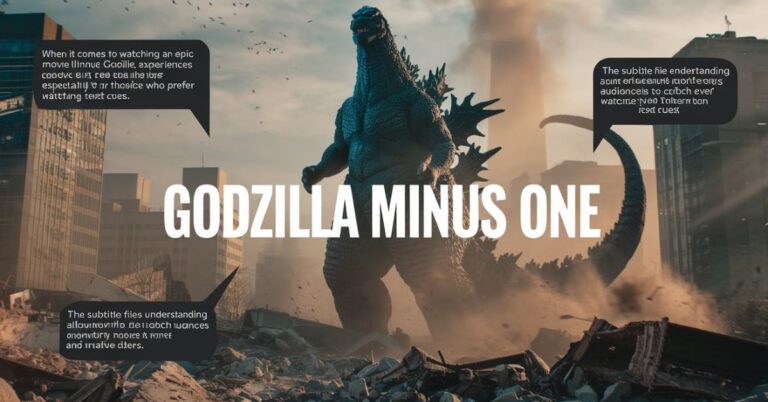Stuwk: Exploring the Impactful Documentary on International Adoption
The documentary film Stuwk (stylized as STUCK) is more than just a cinematic experience—it’s a profound exploration of the hurdles, emotional struggles, and perseverance of families involved in international adoption. Created by the advocacy organization Both Ends Burning, now known as BEB Global, Stuwk uncovers the lives of children caught in complex bureaucratic systems and families fighting to adopt across borders. It addresses the policy-driven challenges of international adoption, the emotional toll it takes on all involved, and the need for reform to ensure that children can find stable, loving homes more easily.
In this article, we’ll dive into the themes, stories, and mission behind Stuwk, examining how the documentary shines a spotlight on the often overlooked issues in international adoption and inspires calls for change. We’ll explore the film’s lasting impact, why international adoption needs reform, and answer frequently asked questions about Stuwk and the international adoption process.
What Is Stuwk? Understanding Its Purpose and Relevance
Stuwk is an award-winning documentary produced by BEB Global that highlights the challenges and triumphs of international adoption. It draws attention to the complex legal processes that often delay or complicate adoptions and the significant impact of these barriers on children and families. The film’s primary mission is to create awareness around these issues and advocate for reforms that prioritize the welfare of children over bureaucratic red tape.
Through heartfelt stories, Stuwk presents the deep struggles of families trying to provide stable homes to children who need them. These struggles are not just emotional but also financial and legal, as families face high costs, lengthy waiting periods, and sometimes heartbreaking setbacks. The documentary aims to build empathy among viewers and rally support for changes that could streamline international adoptions and reduce the obstacles families encounter.
Key Themes in Stuwk: Bureaucracy, Family, and Advocacy
The documentary tackles several themes, each showcasing a different aspect of the international adoption experience. From bureaucratic challenges to the emotional and financial impact on families, Stuwk portrays a comprehensive view of adoption’s complexities.
- Bureaucratic Barriers and Delays: Stuwk emphasizes how international adoption policies often differ from country to country, creating a complicated system that hinders adoptions. Lengthy waiting periods, complex paperwork, and incompatible regulations prevent many children from finding homes. The film argues for a more streamlined, unified adoption process to reduce delays.
- The Psychological Impact on Children: The documentary illustrates how extended stays in orphanages or foster care can affect children’s mental and emotional well-being. Stuwk underscores that children benefit most from stable, permanent homes and that prolonged institutionalization can have lasting developmental consequences.
- The Financial Burden on Families: International adoption can be financially draining, with costs including agency fees, travel expenses, and legal fees. Many families find themselves in debt or financially stretched, which adds stress to an already challenging journey. Stuwk highlights the need for more accessible support systems to help families meet these financial demands.
- Advocacy and Policy Reform: The film isn’t just a narrative; it’s a call to action. Through the organization BEB Global, Stuwk advocates for legislative changes that can simplify international adoption, making it easier and faster for children to find permanent homes.
The Stories That Make Stuwk So Impactful
What makes Stuwk truly compelling is the way it shares the personal journeys of real families and children affected by the adoption system. Viewers meet adoptive parents who have spent years navigating endless paperwork, traveling back and forth to foreign countries, and facing disappointment as bureaucratic obstacles stall their adoption plans.
The children in Stuwk are not just statistics—they are real kids with dreams, fears, and hopes for a family. The documentary portrays the resilience of these children, showing how they, too, face emotional struggles as they wait in foster homes or orphanages, wondering if they will ever have a permanent home. By sharing these stories, Stuwk gives a voice to children and families, reminding audiences of the human side of policy decisions.
Behind the Film: BEB Global’s Mission and Advocacy
The organization behind Stuwk, BEB Global (previously Both Ends Burning), is dedicated to reforming international adoption policies to better serve children and families. BEB Global advocates for transparent, ethical, and efficient adoption practices that remove unnecessary barriers and focus on placing children in homes. Stuwk serves as a key tool in their advocacy efforts, using the power of storytelling to raise awareness, gain public support, and push for legislative reforms.
BEB Global’s work extends beyond the film. They engage in lobbying efforts, partner with policymakers, and organize campaigns to create momentum for adoption reform. Through initiatives like Stuwk, BEB Global hopes to inspire governments and institutions worldwide to prioritize the best interests of children.
The Legacy of Stuwk: How the Film Has Sparked Change
Since its release, Stuwk has resonated with audiences around the world, drawing attention to the challenges faced by families and children involved in international adoption. Viewers describe it as a moving and enlightening film that opened their eyes to the realities of adoption. For many, Stuwk has become a call to action, motivating them to support organizations like BEB Global or to advocate for adoption reform in their communities.
The documentary has also served as an educational resource for lawmakers, adoption agencies, and child welfare advocates. By highlighting real stories and showing the consequences of delayed adoptions, Stuwk pushes for changes in a system that can sometimes lose sight of the child’s best interests.
FAQs About Stuwk and International Adoption
1. What inspired the name Stuwk? The title Stuwk (stylized as STUCK) reflects the feeling of being trapped or “stuck” within a bureaucratic system. It symbolizes the way children and families are often caught in long, challenging adoption processes due to bureaucratic obstacles and incompatible international laws.
2. What is the main message of Stuwk? Stuwk aims to raise awareness about the challenges and complexities of international adoption. Its core message is that adoption policies should prioritize the welfare of children, making it easier for them to find permanent, loving homes. The documentary advocates for policy reform to make international adoption less bureaucratic and more child-centered.
3. Has Stuwk led to any changes in international adoption policies? While Stuwk itself hasn’t led to sweeping policy changes, it has contributed significantly to the public dialogue on adoption. The film is used by BEB Global as a tool to gather support for legislative reforms, and it has inspired many viewers to get involved in advocacy efforts to improve adoption laws.
4. What are the main obstacles in international adoption, according to Stuwk? Stuwk identifies several key obstacles, including complex legal requirements, bureaucratic delays, high costs, and lack of alignment between different countries’ adoption policies. These issues create lengthy waiting periods for children and families and can prevent children from finding homes in a timely manner.
5. Where can I watch Stuwk? Stuwk is available on various streaming platforms and is sometimes shown at special events organized by adoption advocacy groups. You can also check BEB Global’s website for more information on upcoming screenings or digital streaming options.
6. Are there other resources for learning about international adoption? Yes, in addition to Stuwk, there are other documentaries, books, and online resources focused on international adoption. Organizations like BEB Global, Adoptive Families, and the Joint Council on International Children’s Services provide information, support, and advocacy resources for families and individuals interested in learning more.
Why International Adoption Reform Matters: Insights from Stuwk
International adoption reform is not just a legal issue; it’s a humanitarian one. Stuwk highlights how current policies can prolong the time children spend in institutional care, leading to emotional and developmental challenges. Advocates argue that the system should be redesigned to prioritize children’s needs for permanent families, with streamlined processes and reduced barriers. By providing a compassionate portrayal of families affected by these issues, Stuwk helps drive the case for reform.
In particular, advocates call for more alignment between countries on adoption policies, simpler legal procedures, and financial support for adoptive families. Reforming these areas could allow for quicker, safer adoptions, ensuring that children in need of families can find stability and support as soon as possible.
Conclusion: The Call to Action
Stuwk is a powerful reminder of the resilience and love that define the adoption journey, even amid challenging circumstances. By bringing real-life stories to the screen, Stuwk puts a human face on a complex issue, encouraging viewers to consider how they can support positive change in international adoption.
For those considering adoption, advocating for policy change, or simply seeking to understand the intricacies of international adoption, Stuwk serves as an eye-opening resource. It is a compelling call to action, challenging us all to think about how we can create a world where children’s needs come first, and every child has a chance to find a loving, permanent family.






